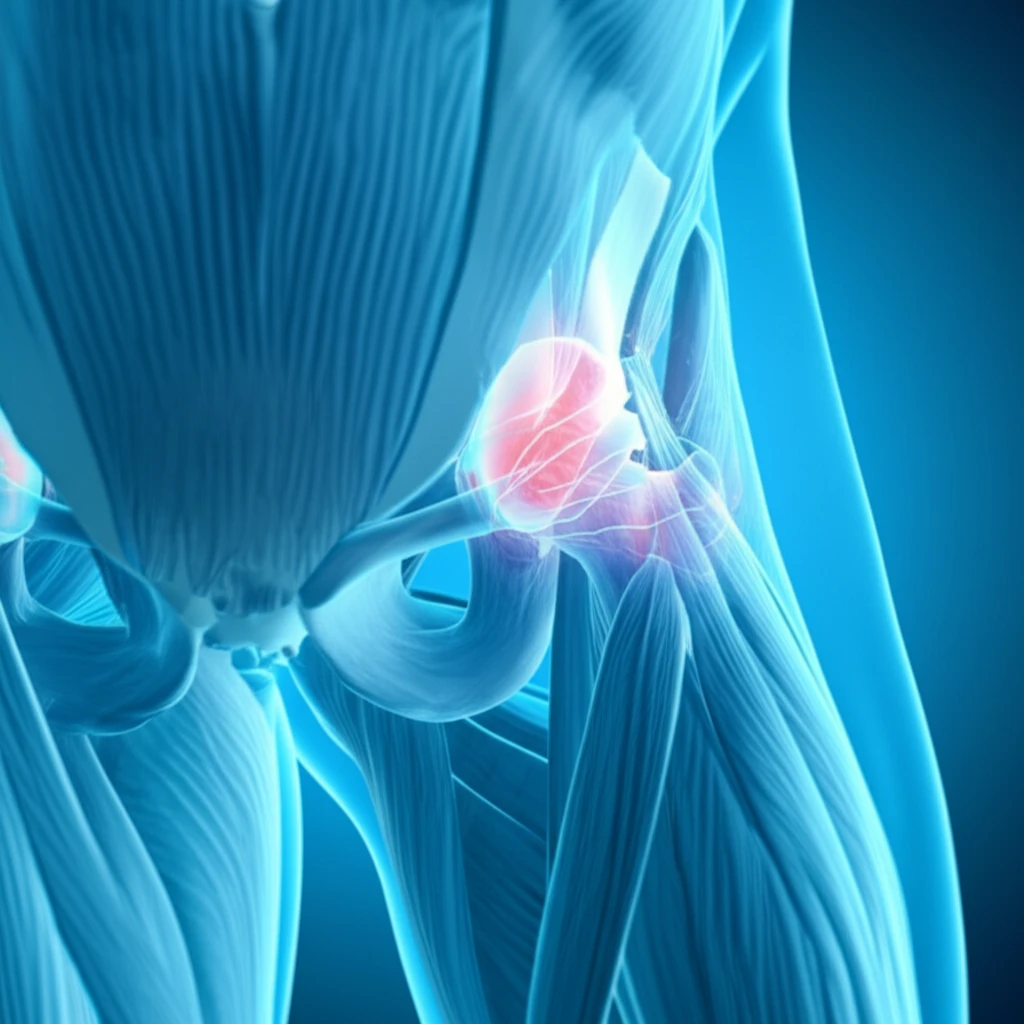
Hip Pain Mystery Solved: Understanding Focal Myositis and When to Worry
"Is that ache in your hip just a muscle strain, or could it be something more? Learn about focal myositis, a rare but treatable condition, and what you need to know."
That persistent ache in your hip can be more than just a nagging discomfort; it might be a sign of something less common, like focal myositis. While most of us associate muscle pain with everyday strains or exertion, understanding the nuances of conditions like focal myositis is crucial for early diagnosis and effective management. This article aims to shed light on this often-misunderstood condition, offering clarity and guidance.
Focal myositis is a benign, inflammatory condition affecting skeletal muscles, and it’s often found in the lower extremities. Though typically resolves with conservative treatments like rest and anti-inflammatory medications, its occurrence around the hip joint is less frequently reported, making it essential to recognize its specific symptoms and diagnostic approaches.
We’ll explore the nature of focal myositis, distinguish it from similar conditions, and discuss the cases where it has been identified around the hip joint. Whether you’re experiencing unexplained hip pain or simply seeking to expand your health knowledge, this guide offers valuable insights into focal myositis, empowering you to take informed steps towards recovery and well-being.
What Exactly is Focal Myositis?

Focal myositis is a rare, benign condition characterized by localized inflammation within a muscle. Unlike more widespread muscle disorders, it typically affects a single muscle or a small group of muscles. The term 'benign' indicates that it is not cancerous or life-threatening, but the symptoms can still be quite bothersome. Understanding this condition begins with recognizing its key characteristics and how it differs from other muscle-related issues.
- Localized Muscle Pain: The pain is typically confined to a specific area of the affected muscle.
- Swelling and Tenderness: The area around the affected muscle may be swollen and tender to the touch.
- Muscle Stiffness: Some individuals may experience stiffness or limited range of motion in the affected area.
- Absence of Systemic Symptoms: Unlike systemic inflammatory conditions, focal myositis usually does not cause widespread symptoms such as fever, fatigue, or weight loss.
Navigating the Unknowns: A Path to Understanding
While focal myositis around the hip joint remains a rare and somewhat mysterious condition, increased awareness and improved diagnostic tools are paving the way for better patient outcomes. If you experience persistent hip pain, it’s essential to seek medical attention and consider the possibility of focal myositis, especially if other common causes have been ruled out. By staying informed and proactive, you can navigate the unknowns and embark on a path towards effective management and improved quality of life.
